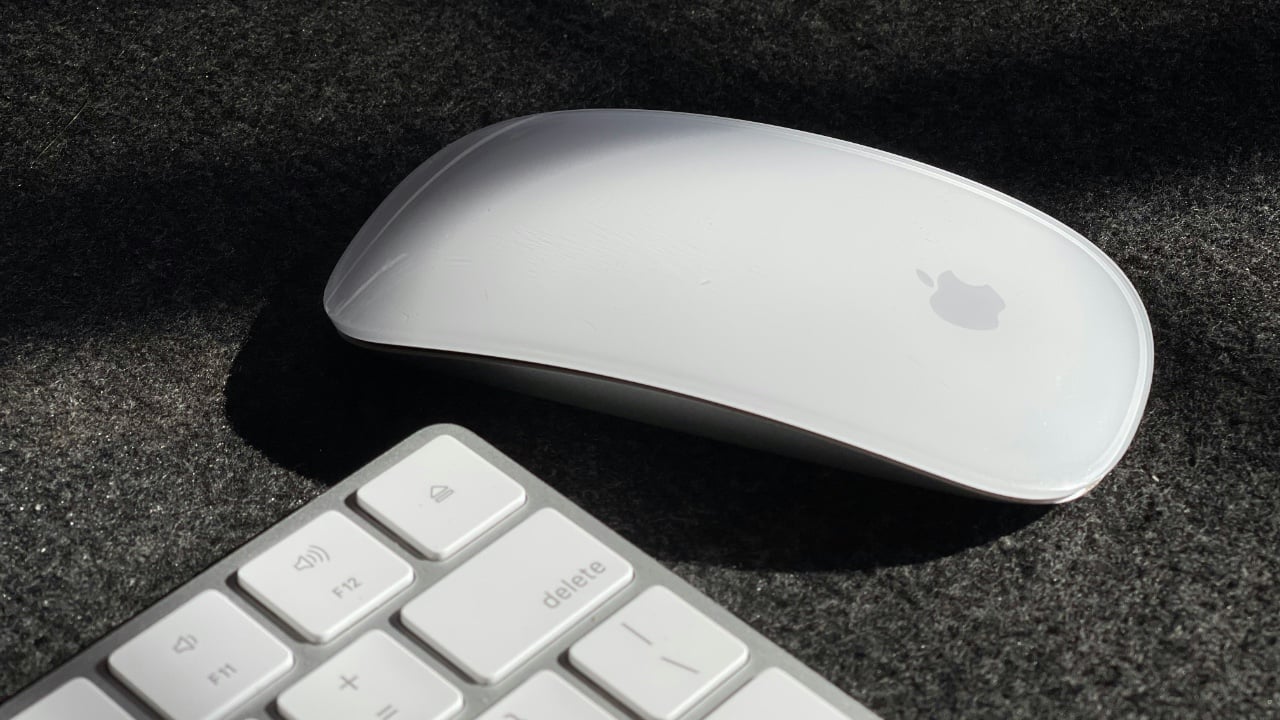
This guide shows you what to do when your Magic Mouse is not connected to your Mac or Macbook. Are you struggling with your Apple Magic Mouse not connecting seamlessly to your Mac? If so, rest assured that this is a widespread issue that numerous users encounter. There’s no need to fret, as this is a common challenge in the realm of modern technology.
The good news is that there are a variety of simple and practical solutions at your disposal. In this article, we will explore a range of effective troubleshooting techniques that are designed to tackle and resolve this annoying problem. Whether you’re a tech-savvy user or new to the world of Apple, these steps are crafted to guide you through the process smoothly. So, let’s embark on this journey to restore the connection between your Magic Mouse and Mac, ensuring a seamless and efficient working experience.
Reboot Your Magic Mouse
Often, the simplest solution is the most effective. Start by turning your Magic Mouse off and then on again. Locate the power switch on the bottom of the mouse to do this. This basic step can often re-establish a lost connection.
Enable Bluetooth on Your Mac
Your Mac’s Bluetooth needs to be active to communicate with the Magic Mouse. Click on the Bluetooth icon in your Mac’s menu bar to check if it’s enabled. If it’s turned off, just click to turn it on, and then attempt to reconnect your Magic Mouse.
Utilize the Lightning Cable for Pairing
For Magic Mice equipped with a Lightning cable, connecting it to your Mac can initiate the pairing mode. Simply connect one end to your Mac and the other to your Magic Mouse. This direct connection often resolves connectivity issues by forcing the device into pairing mode.
Investigate Wireless Interference
Your Magic Mouse operates using Bluetooth, which other wireless devices can disrupt. If you have wireless gadgets nearby, they could be causing interference. Try moving these devices away from your Mac and Magic Mouse to see if this resolves the issue.
Replace Batteries in Older Models
If you’re using an older model of the Magic Mouse that relies on batteries, weak or dead batteries could be the culprit. Try replacing them with fresh ones to see if this solves your connection problem.
Reset the Magic Mouse
If the above steps don’t work, consider resetting your Magic Mouse. Here’s how:
- Turn off the Magic Mouse.
- Press and hold the left and right buttons simultaneously.
- While holding the buttons, toggle the power switch on and off three times.
- Release the buttons.
- Your Magic Mouse should now enter pairing mode.
Reach Out to Apple Support: Sometimes, technical issues can be stubborn. If you’ve tried all the above steps and still face connectivity issues, it’s time to seek professional help. Contact Apple Support for further assistance. They are well-equipped to diagnose and solve more complex issues.
Enhancing Your Connectivity Experience
Understanding the technology you use daily can significantly enhance your user experience. The Magic Mouse is a sophisticated piece of technology, and like all tech, it can sometimes require a little troubleshooting. By familiarizing yourself with these steps, you empower yourself to resolve connectivity issues quickly and efficiently, ensuring a seamless interaction with your Mac.
Remember, most connectivity issues with the Magic Mouse can be resolved with simple fixes. However, if the problem persists, don’t hesitate to reach out to Apple’s customer support for a more detailed examination.
Image Credit: Majed Khan
Filed Under: Apple, Guides, Laptops
Latest timeswonderful Deals
Disclosure: Some of our articles include affiliate links. If you buy something through one of these links, timeswonderful may earn an affiliate commission. Learn about our Disclosure Policy.


